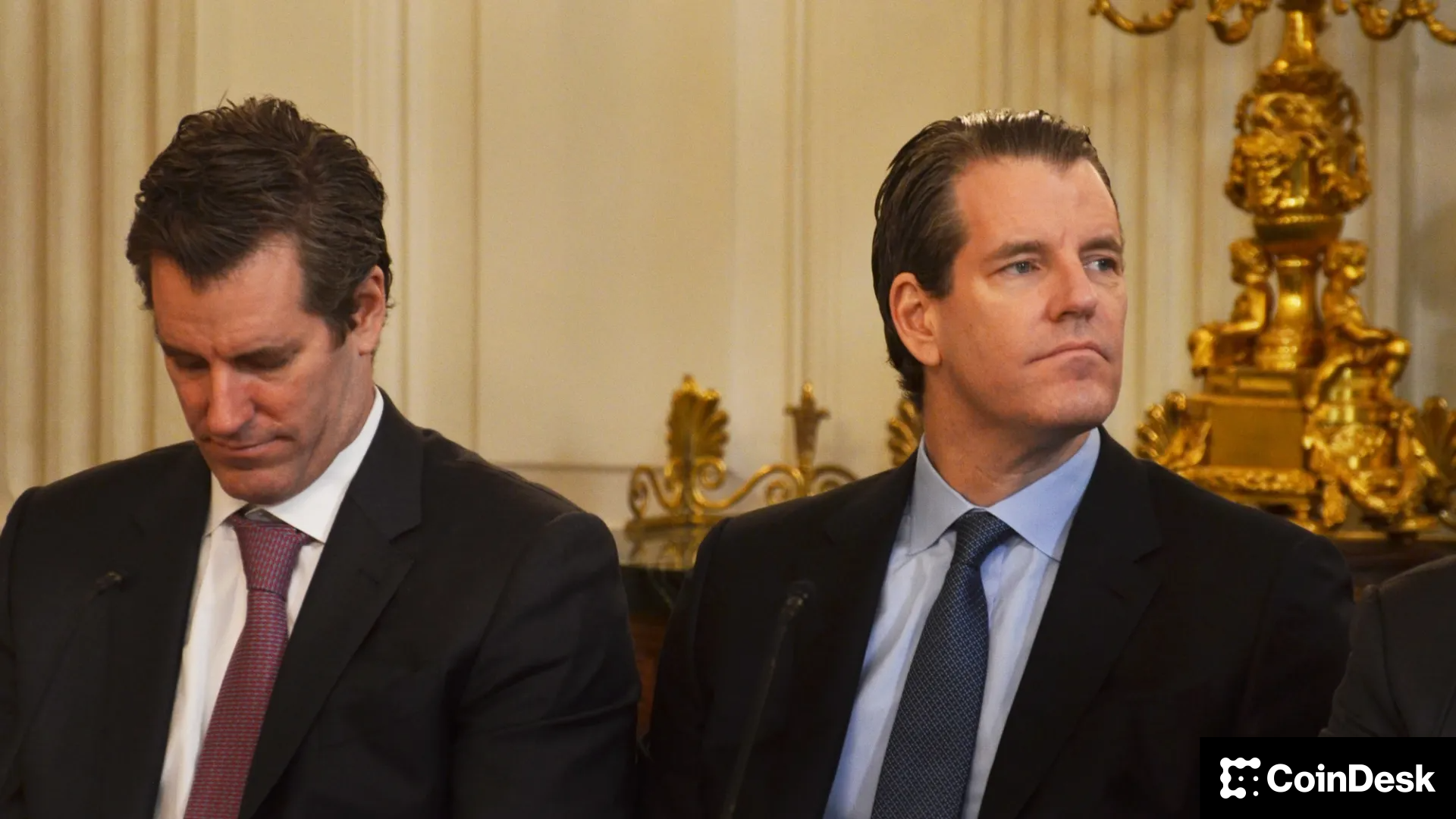Uncategorized
Two Roads Diverged: Choosing the Right Path on Stablecoin Legislation

In the early-1990s, telephone companies ran ads for long distance calls highlighting the cost per minute for a U.S. customer to speak to someone in another country. Today, that business does not exist. You can now Facetime or Zoom anyone, anywhere, for free.
What changed?
The shift to Voice over Internet Protocol (VoIP) ultimately drove the price of calls down to nearly zero.
Today, we are experiencing a similar transformation as a global, embedded financial layer emerges within the internet. This will ultimately drive money transfer costs closer to zero, transforming a system long burdened by high fees, delays and middlemen.
Stablecoins are the application driving this evolution. The maxim “adoption is slow until it is fast” captures their explosive growth in recent years. To get an idea of scale, stablecoin transaction volume surged above $27 trillion in 2024 – surpassing Visa and Mastercard combined. Today, there are stablecoin providers, such as Tether, that hold more U.S. Treasuries than entire countries like Germany and the Netherlands.
Stablecoins are no longer a niche experiment. They are becoming more deeply embedded in our global financial ecosystem. As U.S. lawmakers debate stablecoin legislation, the goal should be clear: reinforce the dollar’s dominance as the global reserve currency while extending its reach into corners of the world that traditional banking cannot touch. This should include many important players — not just those based in the United States.
Two Paths, One Future
Congress is at a crossroads between two general positions. One is a closed-market approach in which U.S.-based stablecoin issuers would be privileged over their non-U.S. competitors. This is shortsighted and will ultimately stifle innovation.
The other approach is to build a regulatory framework that cultivates fair and free global competition. By allowing international players like Tether to compete alongside U.S.-based issuers, the U.S. can foster a dynamic ecosystem where the best ideas and technologies rise to the top. Competition is what would drive excellence.
There is a myth being perpetrated that only U.S.-based issuers back their tokens with sufficient reserves, attest to those reserves, and take necessary steps to prevent money laundering and terrorist financing. That simply is not true. Tether, the largest stablecoin issuer, assisted American law enforcement and over 230 law enforcement agencies in 50 countries to block $2.5 billion dollars in illicit activities worldwide. The reality is that responsible stablecoin issuers exist both inside and outside the U.S. (Tether, which is based in El Salvador, accounts for more than half the stablecoin market.)
Overly restrictive regulation could also backfire on the U.S. economy. If stablecoin legislation drives foreign-based companies out of the U.S., it could result in decreased demand for U.S. Treasuries, weakened dollar dominance and a less competitive stablecoin space.
Congress stands at an important crossroads — “two roads diverged” as Robert Frost once wrote. It could seize this moment to craft a regulatory framework that champions competition and transparency, or it could take the narrow road by taking a protectionist approach and choking innovation. The market’s diversity is not a bug to fix. It’s a feature to harness.
It’s time to make a careful choice as the stakes could not be higher. Let’s make sure we get this right for the future of finance.
Business
Crypto Trading Firm Keyrock Buys Luxembourg’s Turing Capital in Asset Management Push

Crypto trading firm Keyrock said it’s expanding into asset and wealth management by acquiring Turing Capital, a Luxembourg-registered alternative investment fund manager.
The deal, announced on Tuesday, marks the launch of Keyrock’s Asset and Wealth Management division, a new business unit dedicated to institutional clients and private investors.
Keyrock, founded in Brussels, Belgium and best known for its work in market making, options and OTC trading, said it will fold Turing Capital’s investment strategies and Luxembourg fund management structure into its wider platform. The division will be led by Turing Capital co-founder Jorge Schnura, who joins Keyrock’s executive committee as president of the unit.
The company said the expansion will allow it to provide services across the full lifecycle of digital assets, from liquidity provision to long-term investment strategies. «In the near future, all assets will live onchain,» Schnura said, noting that the merger positions the group to capture opportunities as traditional financial products migrate to blockchain rails.
Keyrock has also applied for regulatory approval under the EU’s crypto framework MiCA through a filing with Liechtenstein’s financial regulator. If approved, the firm plans to offer portfolio management and advisory services, aiming to compete directly with traditional asset managers as well as crypto-native players.
«Today’s launch sets the stage for our longer-term ambition: bringing asset management on-chain in a way that truly meets institutional standards,» Keyrock CSO Juan David Mendieta said in a statement.
Read more: Stablecoin Payments Projected to Top $1T Annually by 2030, Market Maker Keyrock Says
Business
Crypto Trading Firm Keyrock Buys Luxembourg’s Turing Capital in Asset Management Push

Crypto trading firm Keyrock said it’s expanding into asset and wealth management by acquiring Turing Capital, a Luxembourg-registered alternative investment fund manager.
The deal, announced on Tuesday, marks the launch of Keyrock’s Asset and Wealth Management division, a new business unit dedicated to institutional clients and private investors.
Keyrock, founded in Brussels, Belgium and best known for its work in market making, options and OTC trading, said it will fold Turing Capital’s investment strategies and Luxembourg fund management structure into its wider platform. The division will be led by Turing Capital co-founder Jorge Schnura, who joins Keyrock’s executive committee as president of the unit.
The company said the expansion will allow it to provide services across the full lifecycle of digital assets, from liquidity provision to long-term investment strategies. «In the near future, all assets will live onchain,» Schnura said, noting that the merger positions the group to capture opportunities as traditional financial products migrate to blockchain rails.
Keyrock has also applied for regulatory approval under the EU’s crypto framework MiCA through a filing with Liechtenstein’s financial regulator. If approved, the firm plans to offer portfolio management and advisory services, aiming to compete directly with traditional asset managers as well as crypto-native players.
«Today’s launch sets the stage for our longer-term ambition: bringing asset management on-chain in a way that truly meets institutional standards,» Keyrock CSO Juan David Mendieta said in a statement.
Read more: Stablecoin Payments Projected to Top $1T Annually by 2030, Market Maker Keyrock Says
Business
Gemini Shares Slide 6%, Extending Post-IPO Slump to 24%

Gemini Space Station (GEMI), the crypto exchange founded by Cameron and Tyler Winklevoss, has seen its shares tumble by more than 20% since listing on the Nasdaq last Friday.
The stock is down around 6% on Tuesday, trading at $30.42, and has dropped nearly 24% over the past week. The sharp decline follows an initial surge after the company raised $425 million in its IPO, pricing shares at $28 and valuing the firm at $3.3 billion before trading began.
On its first day, GEMI spiked to $45.89 before closing at $32 — a 14% premium to its offer price. But since hitting that high, shares have plunged more than 34%, erasing most of the early enthusiasm from public market investors.
The broader crypto equity market has remained more stable. Coinbase (COIN), the largest U.S. crypto exchange, is flat over the past week. Robinhood (HOOD), which derives part of its revenue from crypto, is down 3%. Token issuer Circle (CRCL), on the other hand, is up 13% over the same period.
Part of the pressure on Gemini’s stock may stem from its financials. The company posted a $283 million net loss in the first half of 2025, following a $159 million loss in all of 2024. Despite raising fresh capital, the numbers suggest the business is still far from turning a profit.
Compass Point analyst Ed Engel noted that GEMI is currently trading at 26 times its annualized first-half revenue. That multiple — often used to gauge whether a stock is expensive — means investors are paying 26 dollars for every dollar the company is expected to generate in sales this year. For a loss-making company in a volatile sector, that’s a steep price, and could be fueling investor skepticism.
-

 Business11 месяцев ago
Business11 месяцев ago3 Ways to make your business presentation more relatable
-

 Fashion11 месяцев ago
Fashion11 месяцев agoAccording to Dior Couture, this taboo fashion accessory is back
-

 Entertainment11 месяцев ago
Entertainment11 месяцев ago10 Artists who retired from music and made a comeback
-

 Entertainment11 месяцев ago
Entertainment11 месяцев ago\’Better Call Saul\’ has been renewed for a fourth season
-

 Entertainment11 месяцев ago
Entertainment11 месяцев agoNew Season 8 Walking Dead trailer flashes forward in time
-

 Business11 месяцев ago
Business11 месяцев ago15 Habits that could be hurting your business relationships
-

 Entertainment11 месяцев ago
Entertainment11 месяцев agoMeet Superman\’s grandfather in new trailer for Krypton
-

 Entertainment11 месяцев ago
Entertainment11 месяцев agoDisney\’s live-action Aladdin finally finds its stars




